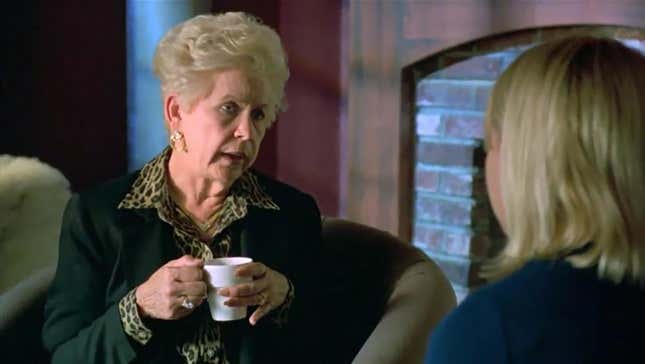18 Movies That, Much to Our Surprise, Pass the Bechdel Test
Teenage Mutant Ninja Turtles II: The Secret of the Ooze? Deep Throat?? Showgirls?!?!?
EntertainmentMovies-

-

-

-

-

-

-

-

-

-

-

-

-

-

-

-

-

-

-

-

-

-

-

-

-

-

-

-

-

-

-

-

-

-

-

-

-

-

-

-



























































